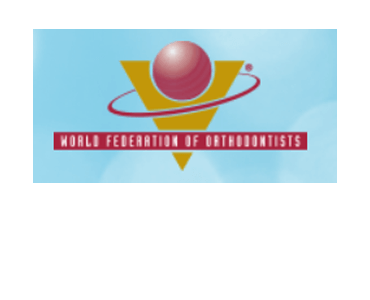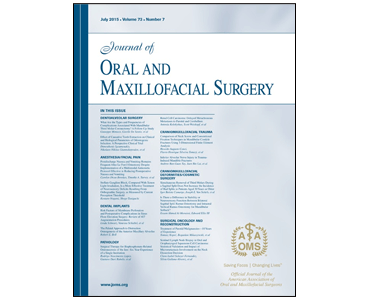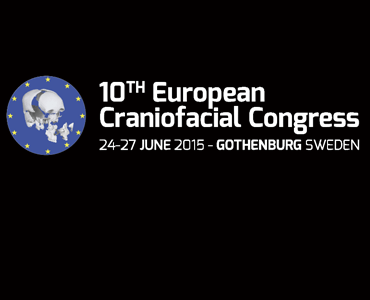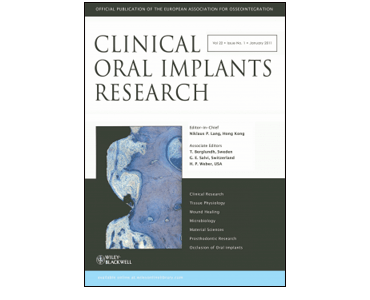Infantile hemangioma status by dynamic infrared thermography: A preliminary study. SA Burkes, M Patel, DM Adams, AM Hammill, KP Eaton, RR Wickett, MO Visscher.
Date: April 2016. Source: International Journal of Dermatology. Background: Infantile hemangiomas (IH) are initially warm due to increased proliferation and perfusion then involute with apoptosis and reduced perfusion. Objective quantitative evaluation of IH treatment response is essential for improving outcomes. We applied a functional imaging method, dynamic infrared (IR) thermography, to investigate IH status versus…










